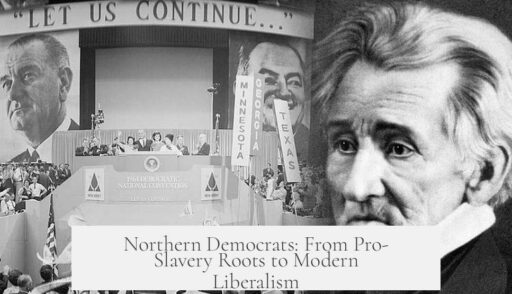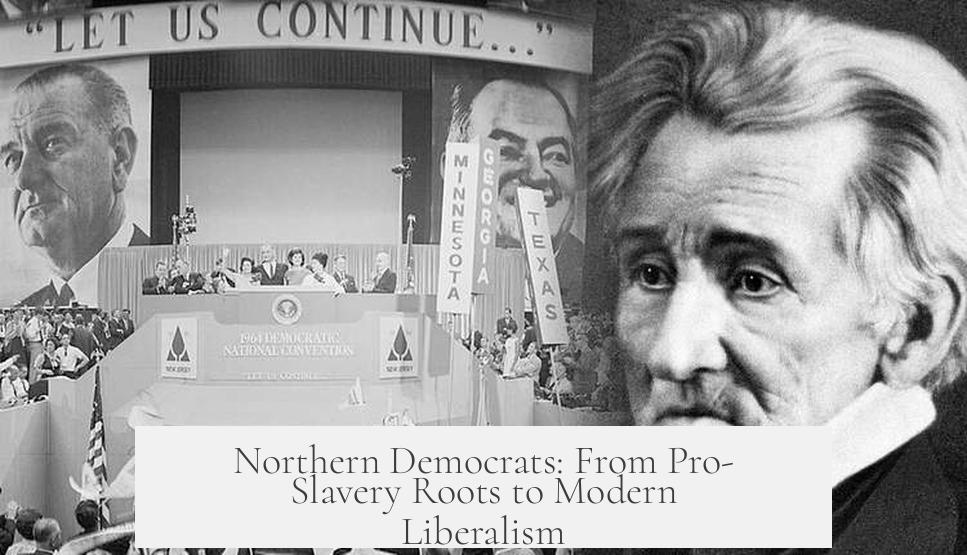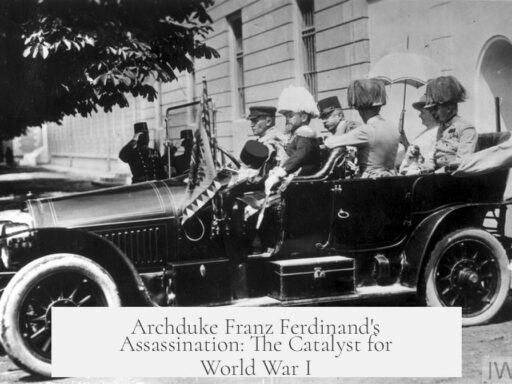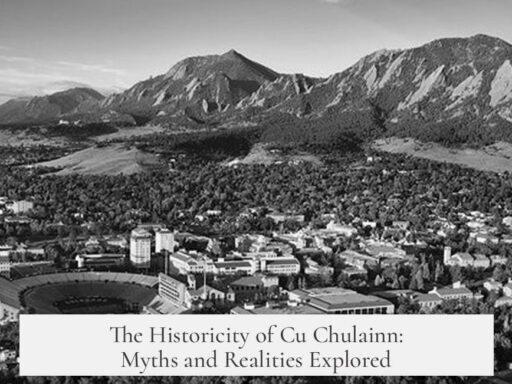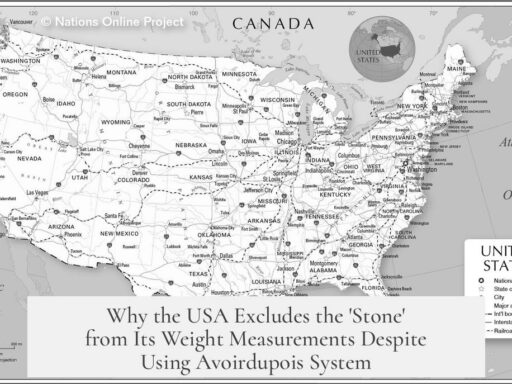The Northern Democrats evolve from a pro-slavery, conservative party to a more liberal party through demographic shifts, economic policies, political balancing, and symbolic leadership during the early to mid-20th century. This transformation reflects changes in voter constituencies, particularly due to the Great Migration and New Deal coalitions, along with cautious civil rights support that eventually altered the party’s identity.
Initially, Northern Democrats remain part of a broader party largely resistant to civil rights progress. Even under Franklin D. Roosevelt (FDR), the party avoids direct advocacy of civil rights legislation such as anti-lynching bills. FDR prioritizes national unity, emphasizing North-South reconciliation without confronting the legacy of slavery or Reconstruction explicitly. For example, in his Gettysburg address speech, FDR highlights unity but omits specific mentions of slavery or racial justice issues.
The party’s key shift emerges mainly from changes in its constituency. FDR appeals to the expanding labor movement, especially the Congress of Industrial Organizations (CIO), which supports civil rights more strongly than traditional labor groups like the American Federation of Labor (AFL). Alongside labor, urban Jewish communities and Northern African-American voters become essential components of the Democratic base. This electoral mix subtly pushes the party toward accommodating civil rights concerns.
The Great Migration plays a crucial role as hundreds of thousands of African-Americans leave the South for Northern cities. Despite New Deal programs having some discriminatory elements, the inclusion of Black workers during the economic hardship of the 1930s fosters loyalty to the Democratic Party. The Republican Party’s failure to champion civil rights at the federal level, especially its abandonment after a failed anti-lynching bill attempt in the 1920s, drives Black voters northward toward the Democrats.
| Factor | Impact on Northern Democrats |
|---|---|
| New Deal Economic Inclusion | Attracts African-Americans and labor groups despite ongoing inequalities |
| Great Migration | Changes Northern urban demographics, creating new voter bases demanding civil rights |
| Union Support (CIO) | Increased labor backing for civil rights at legislative and grassroots levels |
At the start of the 1930s, Black voters predominantly support the Republican Party due to its historical association with Lincoln and emancipation. However, by the late 1930s, many Black voters shift toward Northern Democrats as FDR’s New Deal shows promise in economic relief and labor inclusion. These Northern Democrats are thus under increasing pressure from their urban constituencies to support civil rights initiatives.
Nevertheless, FDR balances this transformation carefully. He avoids alienating Southern white Democrats, who still hold segregationist views and crucial political power. Instead, civil rights progress remains cautious and incremental. A significant element in advancing civil rights causes comes from Eleanor Roosevelt, whose activism and symbolic gestures support Black civil rights advocates publicly. For example, she resigns from the Daughters of the American Revolution after their refusal to allow Marian Anderson to perform at DAR Hall, instead organizing an acclaimed Lincoln Memorial concert. Eleanor also disrupts segregation norms by positioning herself between white and Black sections at an event in the South.
This dual strategy enables the Democratic Party to maintain Southern white loyalty while gaining Black support in the North for a time. However, this uneasy coalition begins to fracture in the late 1940s as President Truman adopts more explicit civil rights positions, triggering Southern white backlash that prompts the party to confront racial divisions more openly.
The transition from a conservative, pro-slavery stance to a more liberal posture focused on civil rights results from several interwoven trends:
- Inclusionary New Deal economic policies that appeal to minority and labor voters
- Changing urban voter demographics due to the Great Migration creating a Northern African-American electorate
- Union coalitions, especially the pro-civil rights CIO, influencing party priorities
- Symbolic and activist leadership by figures such as Eleanor Roosevelt, which lends legitimacy to civil rights advocacy
Ultimately, the party evolves through cautious steps balancing conflicting regional interests. The Northern Democrats increasingly embrace civil rights as part of their urban coalition, marking a clear ideological shift away from their historical conservative and pro-slavery roots.
- The Northern Democrats’ shift begins with demographic and socioeconomic changes in the early 20th century.
- Franklin Roosevelt’s New Deal policies broaden the party’s appeal to labor and minority voters.
- The Great Migration introduces a growing African-American electorate in Northern cities, increasingly supporting Democrats.
- Eleanor Roosevelt’s civil rights activism helps drive symbolic change within the party.
- Sustaining Southern white support delays full civil rights embrace but the trend toward liberalism grows.
- Tensions around civil rights peak in Truman’s era, signaling the party’s new direction.
How Exactly Did Northern Democrats Evolve from a Pro-Slavery, Conservative Party to the More “Liberal” Party We See Today?
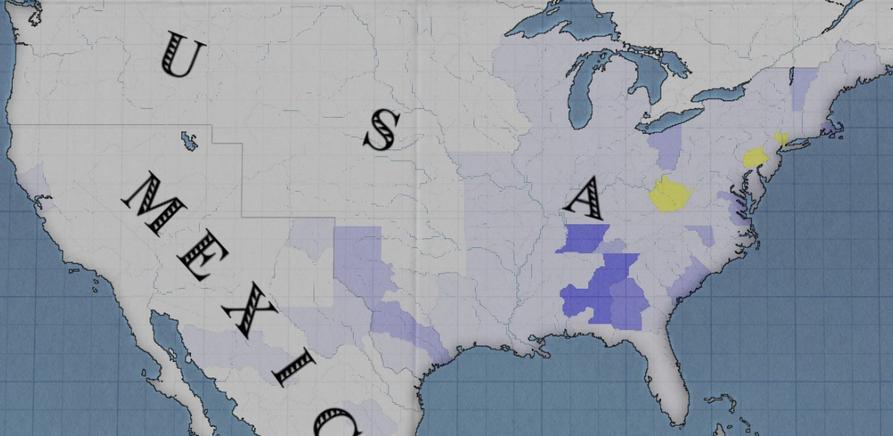
The Northern Democrats’ evolution from a conservative, pro-slavery stance to a liberal, civil rights-supporting party hinges on economic change, demographic shifts, and key leadership roles during the New Deal era and beyond. This transformation is far from straightforward. It is the story of political pragmatism, evolving social realities, and slow but meaningful shifts in party coalitions.
So, how did a party historically opposed to civil rights become a champion of them? Let’s unpack this fascinating journey.
A Legacy Rooted in Conservatism and Pro-Slavery Sentiments
Early in its history, the Democratic Party—especially its Northern wing—aligned with conservative, pro-slavery interests. They did not support civil rights. This wasn’t some minor footnote but a core part of their political identity in the 19th and early 20th centuries. Leaders like Franklin D. Roosevelt (FDR) didn’t challenge this dynamic fully. Though FDR praised Lincoln, his civil rights record remains cautious at best.
“FDR didn’t champion civil rights policies. He was afraid to even push for the anti-lynching bill. Him praising Lincoln per se is not the biggest deal. ‘It was good that the Union was preserved and slavery was bad’ were not edgy positions in the 1930s. Defending Reconstruction in that era would have been more of one and he didn’t really do that.”
This caution was evident in speeches like the 1938 Gettysburg address, where FDR emphasized North-South unity without mentioning slavery or the struggles of Reconstruction. The emphasis here was unifying the country after its bitter past, not redistributing civil rights power.
“In the same speech at Gettysburg he talks about the importance of North-South unity and doesn’t even mention slavery, let alone Reconstruction.”
New Deal Era: Seeds of Change in Constituency and Policy
The shift from conservative to somewhat liberal began not purely by ideological awakening but due to changes in who the party represented. FDR’s New Deal policies reshaped political alliances.
- A new labor coalition emerged, especially with the rise of the Congress of Industrial Organizations (CIO), which included many supporters of civil rights.
- The Jewish community, historically marginalized but gaining political voice, increasingly backed Democrats.
- The Great Migration brought African-Americans from the South to Northern cities, radically changing the electorate’s makeup.
Despite inequalities in New Deal programs, African-Americans found a place in the Democratic fold because Republicans largely ignored their needs. The economic desperation of the Great Depression made inclusion vital, even if imperfect.
“…his New Deal policies attracted a growing number of African-American voters in the North as Blacks left the South for Northern cities. This was true even though in various ways Blacks were not treated equally in the New Deal. The fact that they were included at all at a time of economic desperation was very important.”
Republicans had controlled the federal government throughout the 1920s but failed to push through meaningful civil rights legislation. Attempts like the anti-lynching bill in 1922 were thwarted even by Republicans themselves through filibusters. This political vacuum opened a door for Democrats.
“The Republicans controlled the national government throughout the 1920s. They did not reverse Wilson’s segregation of federal facilities/DC. They made one push for an anti-lynching bill in 1922, but some western Republican senators supported the filibuster that killed it and after that basically did nothing.”
The Political Realignment Among African-American Voters
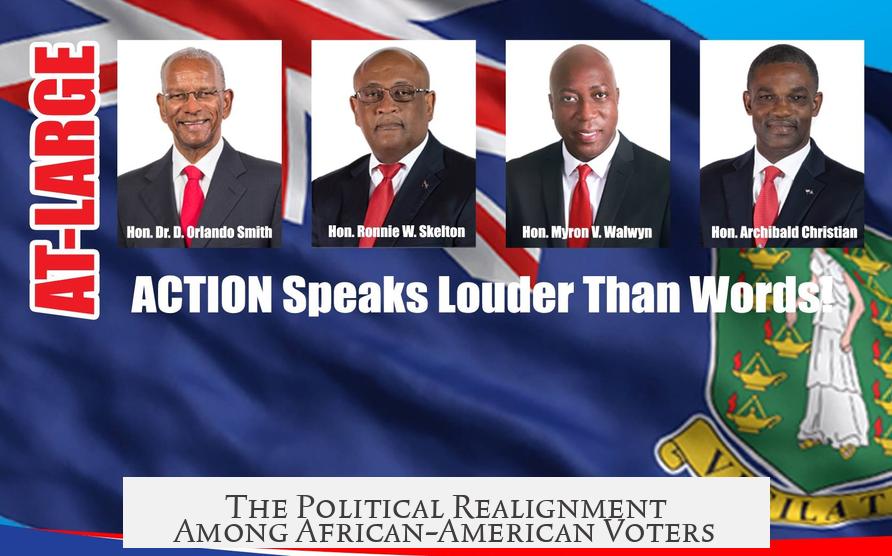
Initially, African-American voters remained loyal to the Republican Party during the 1932 elections, a legacy of Lincoln’s role in emancipation. But the New Deal’s unfolding policies caused significant shifts.
By the late 1930s, African-Americans, particularly in urban Northern areas, leaned Democratic. Northern Democrats started to have constituencies increasingly demanding civil rights and economic justice. These voters included not only Blacks but also Jews and union members.
“Even so, Black voters still mostly stuck with the GOP in 1932, but once FDR’s policies became clear, there was a shift among them. So by the late 1930s a Northern Democratic Member of Congress usually had some elements of his base who were pushing for civil rights— in urban areas in the Northeast and Midwest, Blacks and Jews.”
Eleanor Roosevelt: The Symbolic Torchbearer for Civil Rights
FDR’s caution was balanced by the boldness of his wife, Eleanor Roosevelt. Her public gestures in support of civil rights created a visible symbol that resonated deeply with minorities and liberal activists.
Examples? Oh yes:
- She resigned from the Daughters of the American Revolution when they barred Black singer Marian Anderson from their concert hall.
- She helped organize the iconic Marian Anderson concert on the steps of the Lincoln Memorial.
- In a segregated Southern event, she famously placed her chair in the middle between white and Black attendees—subtle, but a powerful stance against segregation.
“While FDR was very careful not to antagonize Southern whites on racial issues, First Lady Eleanor Roosevelt made symbolic gestures that were very well-received by African-Americans and other civil rights supporters.”
This balancing act worked for a while: Northern Black voters shifted Democratic, but Southern white voters remained loyal to FDR. This political coalition was uneasy but lasted through the 1930s and early 1940s.
“…white Southerners stuck with FDR even while from 1934 onwards Black voters were mostly Democratic. Winning Black support in the North and Southern white support couldn’t go on forever and starting in 1948 it became a problem for Democrats when Truman embraced civil rights more clearly than FDR ever had and got a Southern backlash, but as long as Blacks got only economic benefits in the early years, it was sustainable.”
Summary: From Conservatism to Liberal Coalition
The Northern Democrats’ transition depended on several intertwined factors:
- Economic Inclusion: The New Deal brought marginalized groups into the economic fold, creating new political loyalties. This inclusion happened despite ongoing inequalities.
- Demographic Shifts: The Great Migration dispersed African-Americans to Northern cities, where they gained voting influence and closer ties to labor movements.
- Union Support: The rise of labor unions like the CIO brought a progressive coalition that supported civil rights reforms.
- Symbolic Leadership: Eleanor Roosevelt’s public activism gave the party moral authority and legitimacy on civil rights.
This blend transformed the party from its old conservative roots into a more liberal, urban, and racially inclusive coalition. However, tensions with Southern Democrats persisted and eventually led to fractures, especially after Truman’s firmer civil rights stance in 1948.
The journey was complex—marked by slow adaptation, strategic compromises, and the influence of new voter blocs. Still, it laid the groundwork for the Northern Democrats to become the liberal standard-bearers we recognize today.
What Can We Learn From This Political Evolution?

It’s tempting to see political parties as static. They are not. Parties respond to their constituencies, national crises, and social movements. The Northern Democrats did not suddenly become champions of civil rights overnight. Instead, gradual demographic shifts, economic upheaval, and courageous minority support shaped the party’s transformation.
Still wondering? What might today’s parties be evolving into without realizing it? How do shifts in voter bases sway policy over decades? History gives us clues—and some laughs along the way if you think about politicians tiptoeing around racial issues like it was a dance floor.
References and Further Reading
- Weiss, Nancy Joan. Farewell to the Party of Lincoln: Black Politics in the Age of FDR (Princeton University Press, 1983)
- Karol, David. Party Position Change in American Politics: Coalition Management (Cambridge University Press, 2009)
- Schickler, Eric. Racial Realignment: The Transformation of American Liberalism, 1932-1965 (Princeton University Press, 2016)
- Grant, Keneshia. The Great Migration and the Democratic Party: Black Voters and the Realignment of American Politics in the 20th Century (Temple University Press, 2020)
How did labor unions influence Northern Democrats to shift away from pro-slavery conservatism?
The rise of labor unions like the CIO brought workers who supported civil rights into the Democratic base. These unions pushed the party to address racial inequality as part of their broader economic agenda, helping Northern Democrats evolve politically.
What role did the Great Migration play in changing Northern Democrats’ stance on civil rights?
The Great Migration increased the African-American population in Northern cities. Their growing voting power pushed Northern Democrats to support civil rights issues to gain and keep this new constituency.
Why was FDR cautious about civil rights despite his party’s changing makeup?
FDR avoided fully backing civil rights to keep Southern white Democrats within the party. He balanced addressing some economic needs of Black voters while not upsetting the segregationist South.
How did Eleanor Roosevelt contribute to the Northern Democrats’ shift on civil rights?
She took bold symbolic actions supporting civil rights, such as resigning from discriminatory groups and promoting Black artists. Her activism helped legitimize civil rights within the party’s leadership.
When did Northern Democrats start fully embracing civil rights, and what challenges did this cause?
The full civil rights embrace began around 1948 under Truman, causing a backlash from Southern whites. This marked the start of tensions as the party moved from cautious economic inclusion to active civil rights support.
